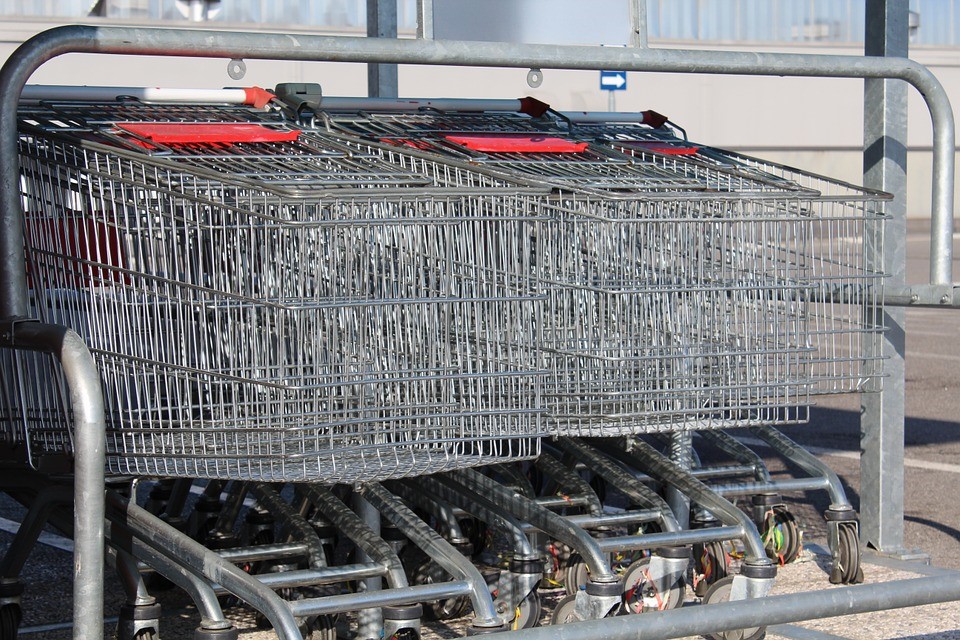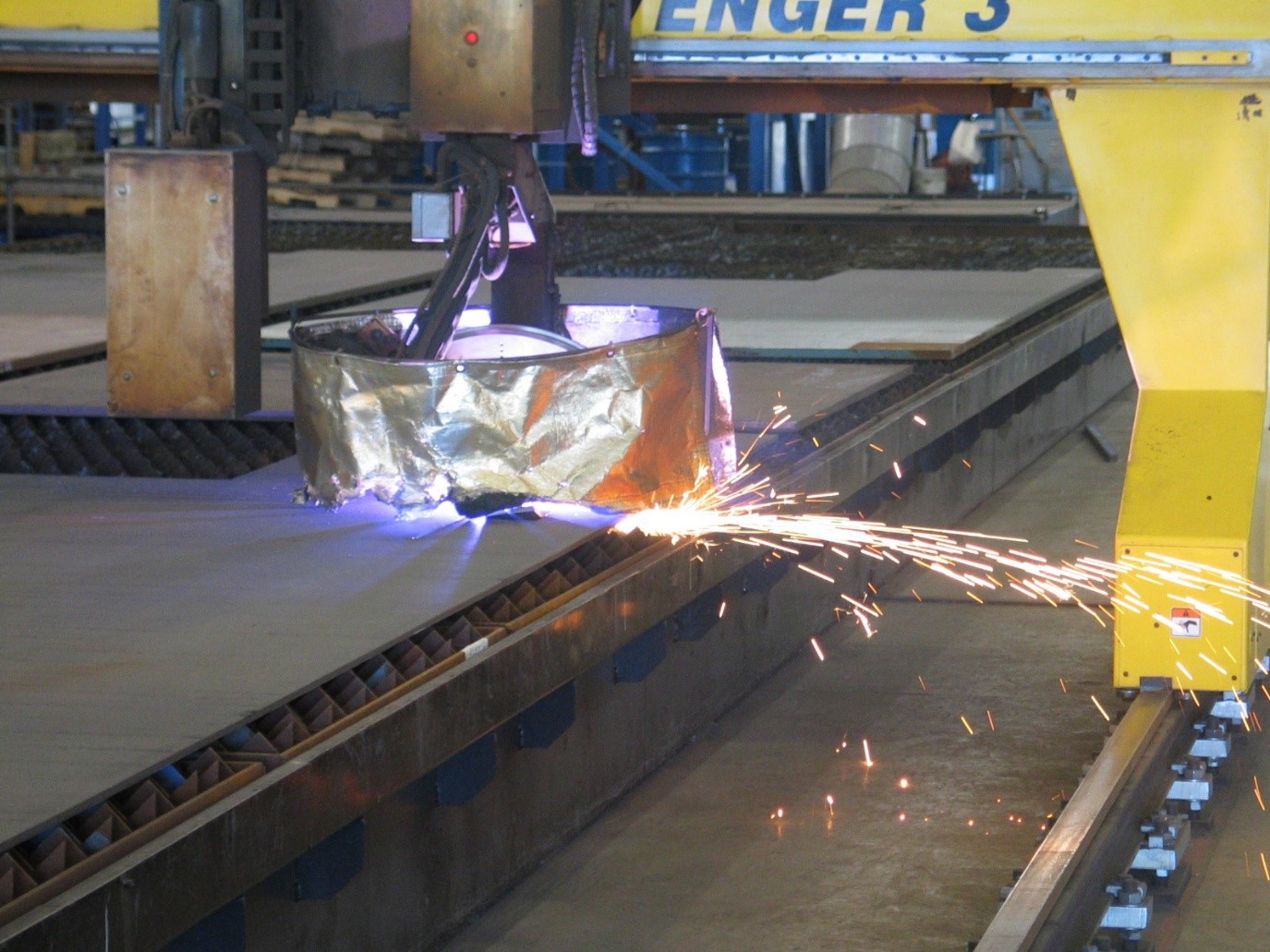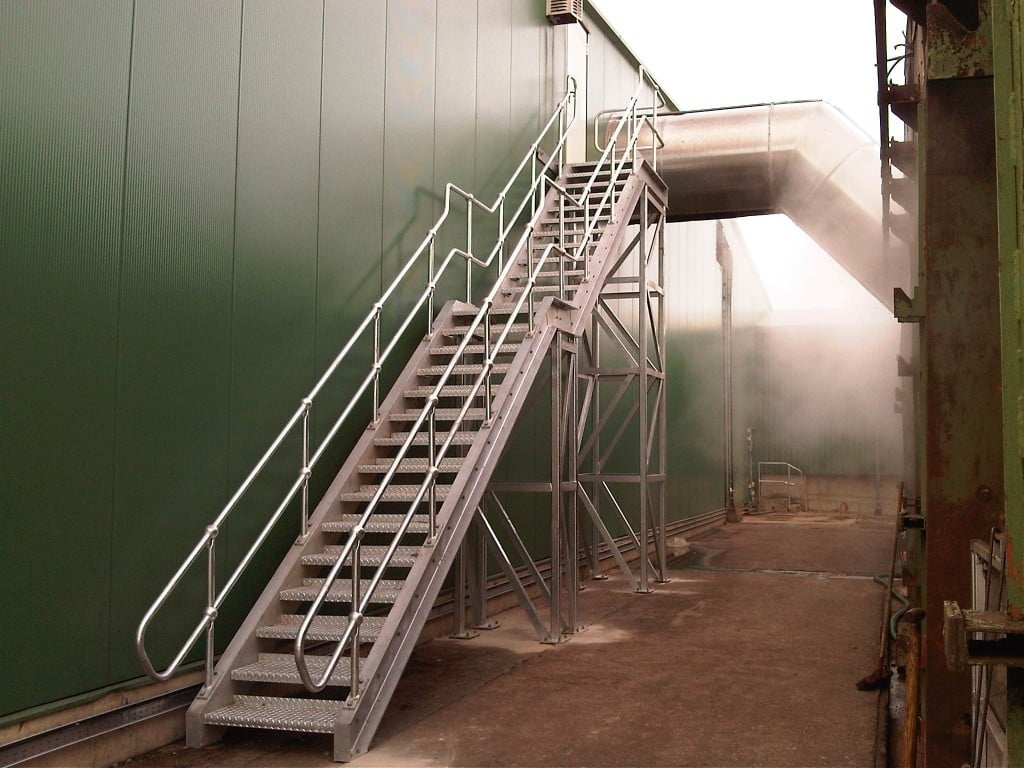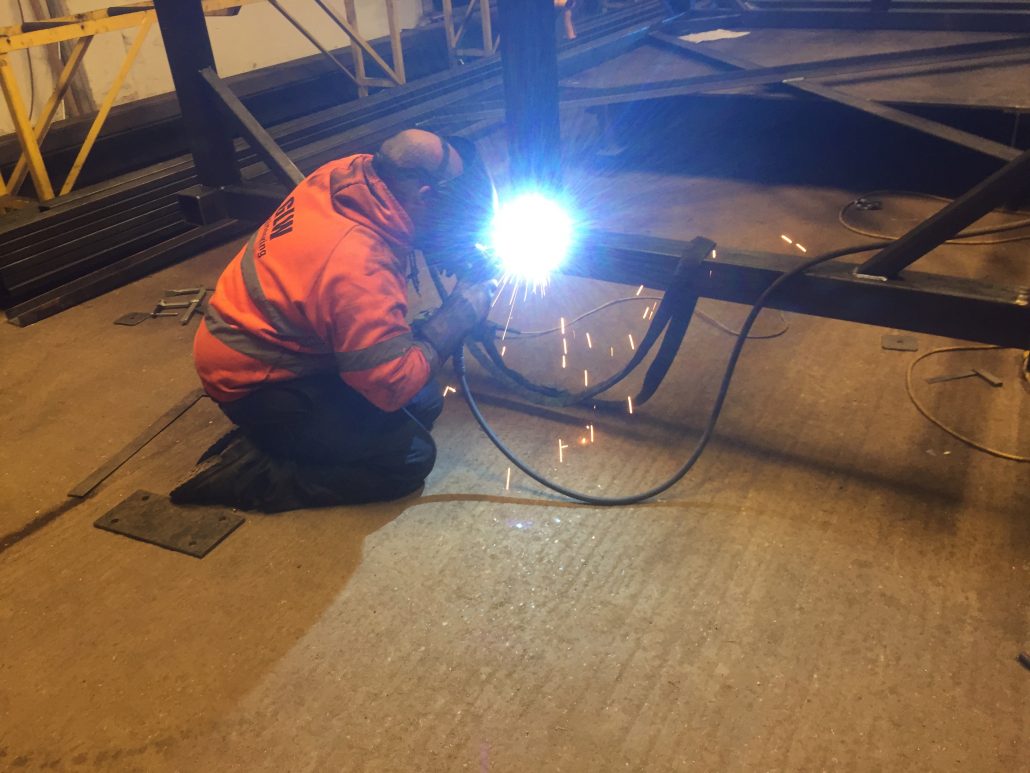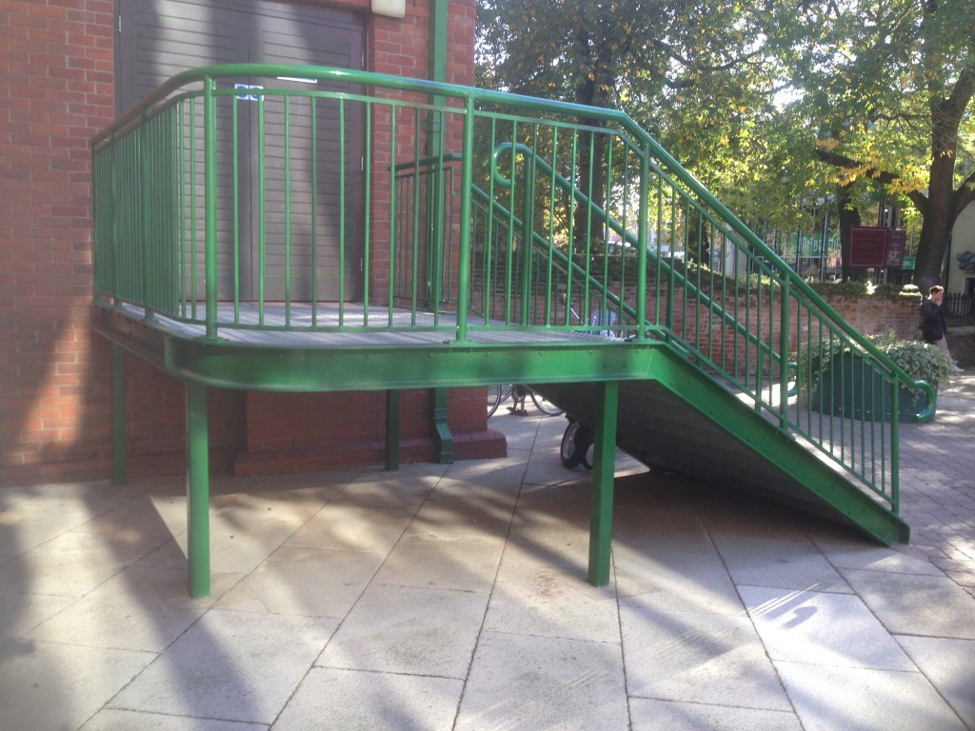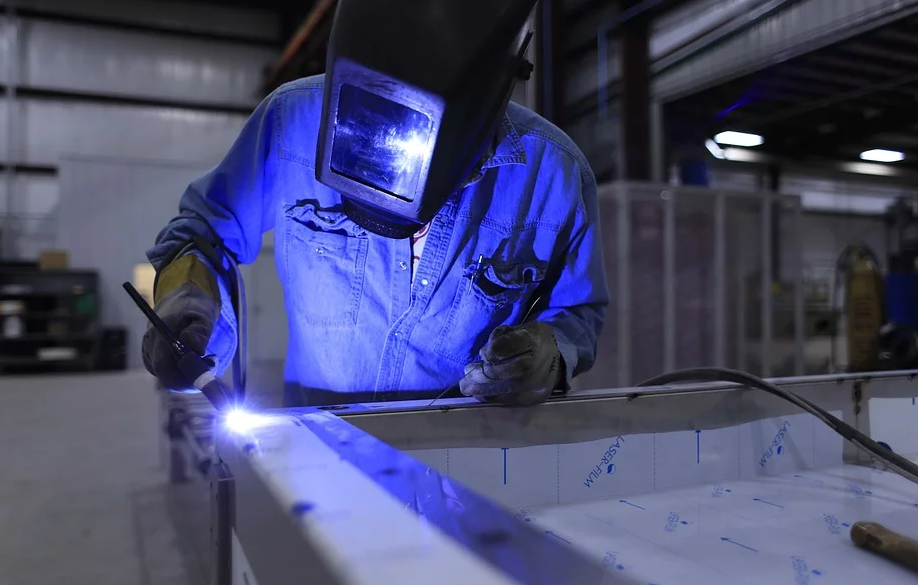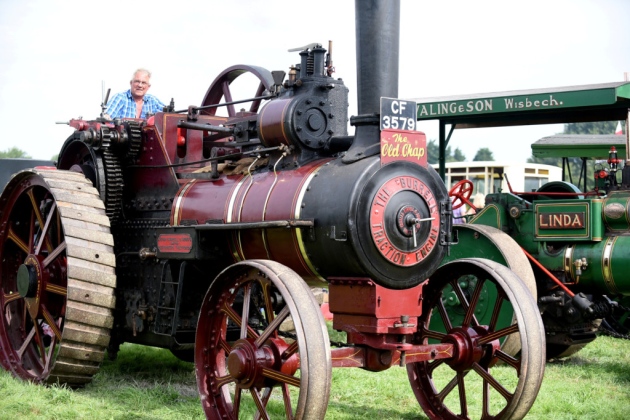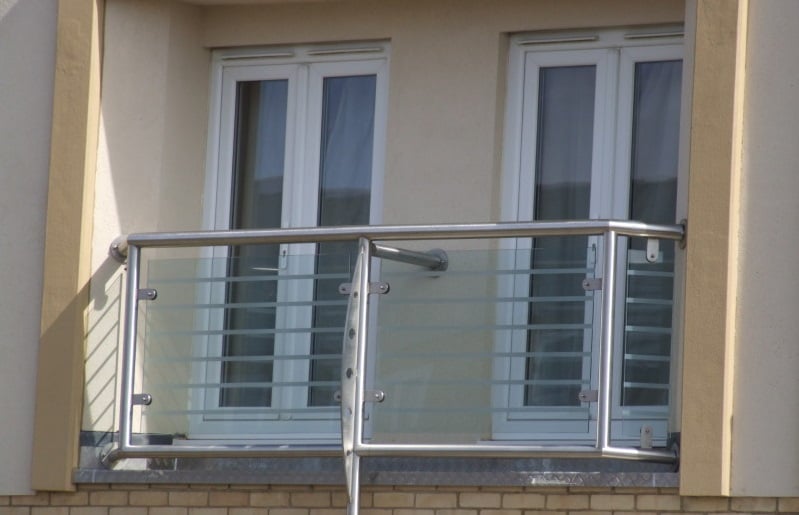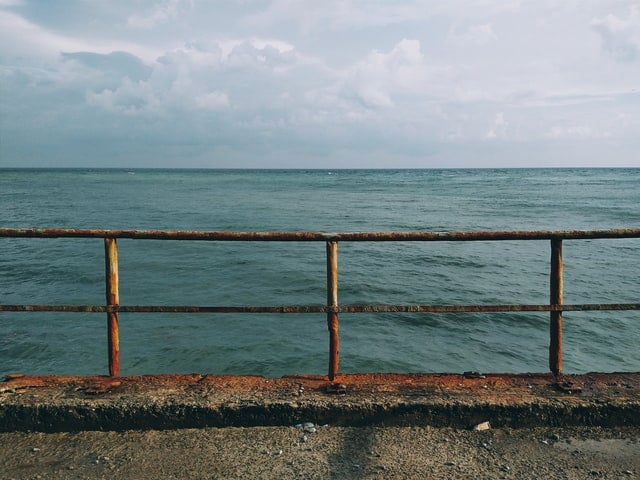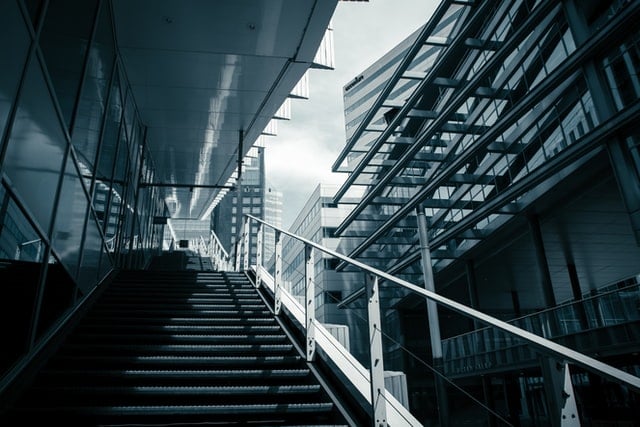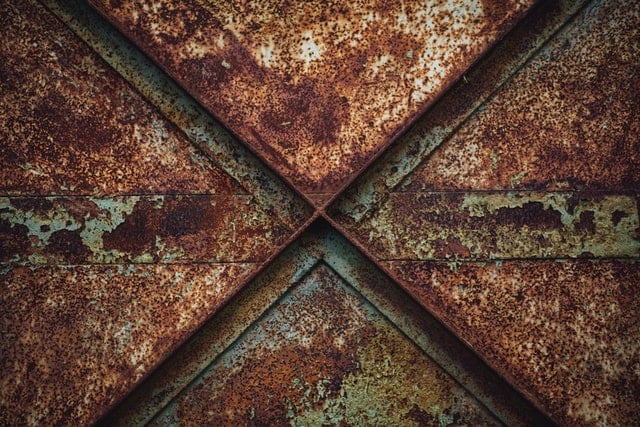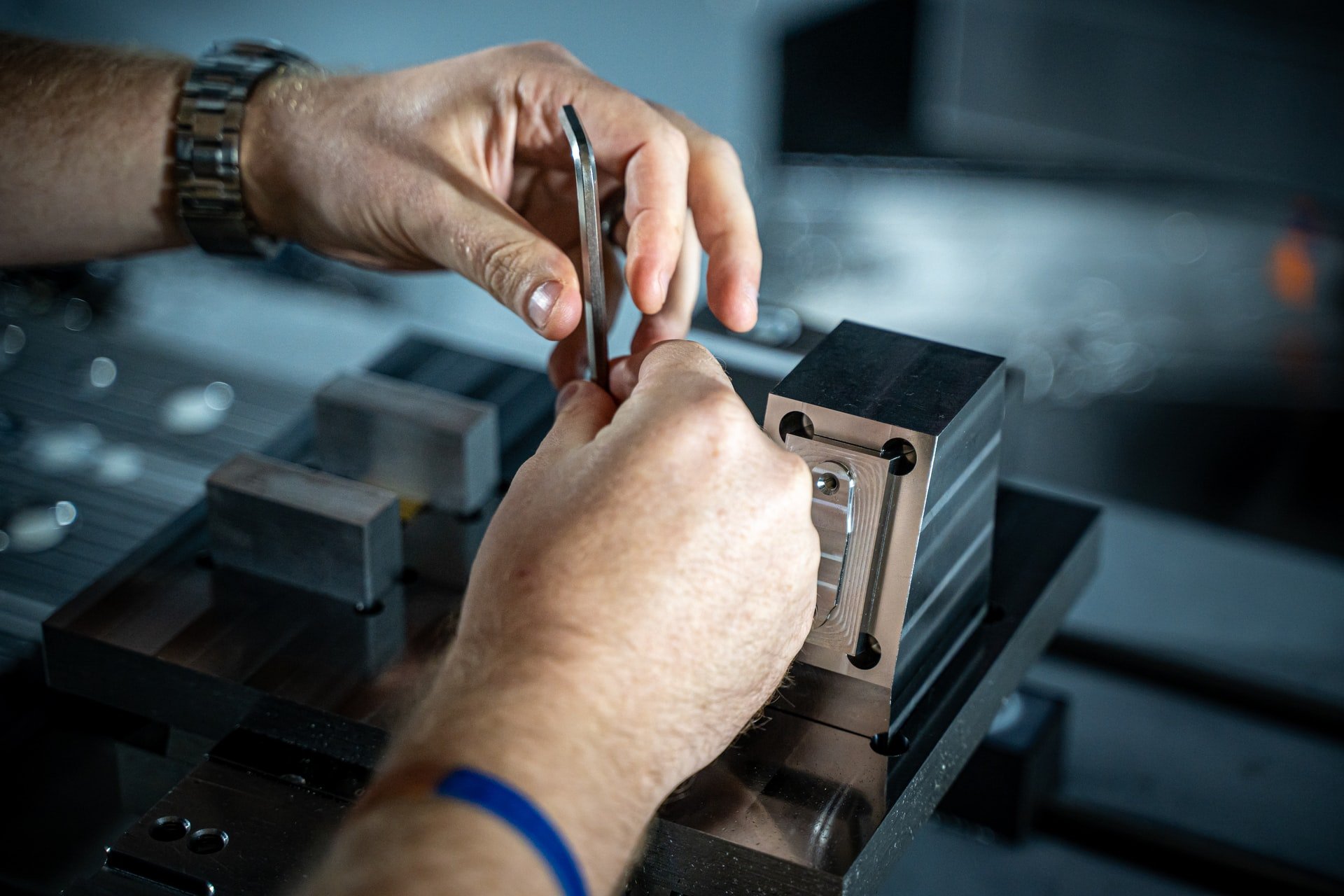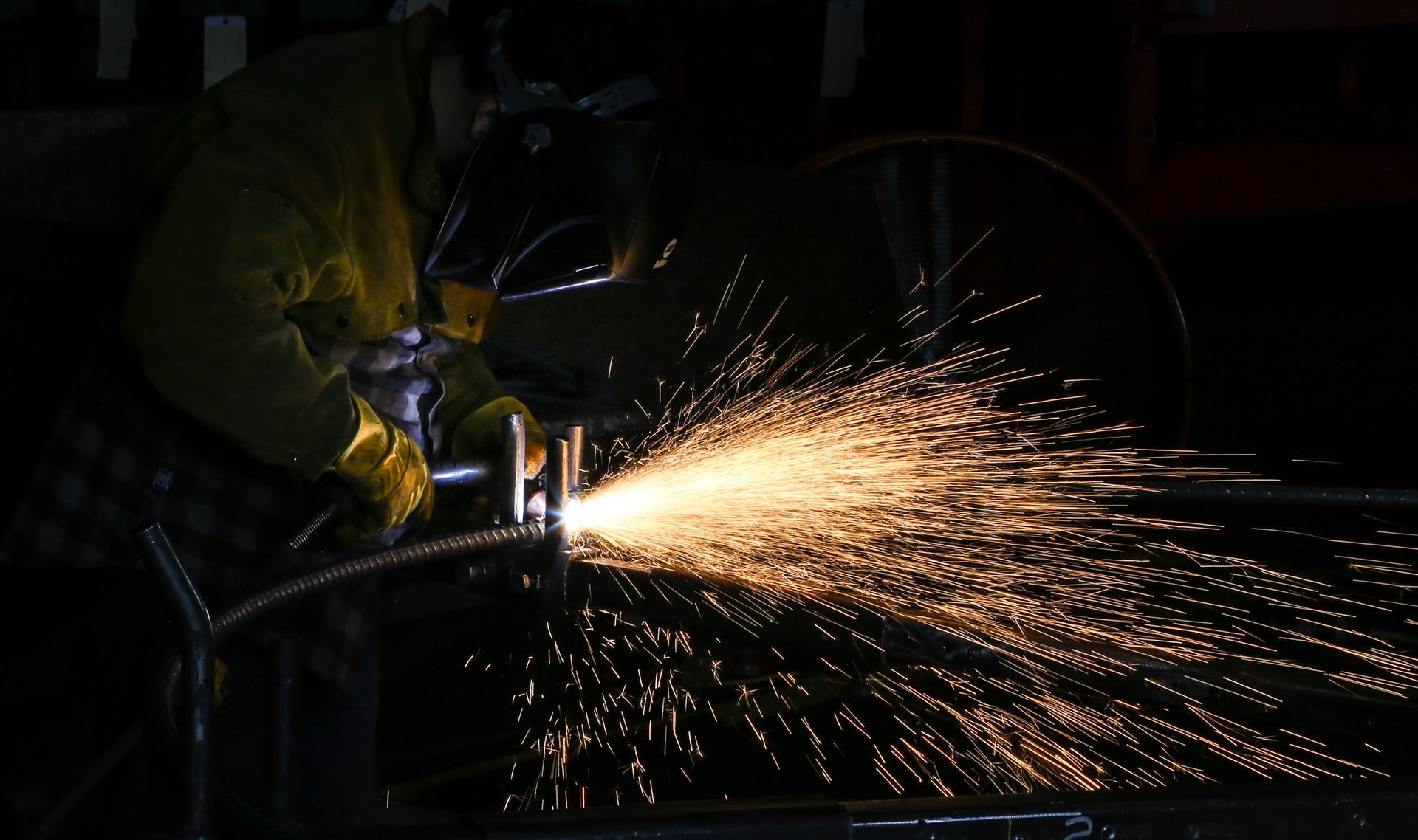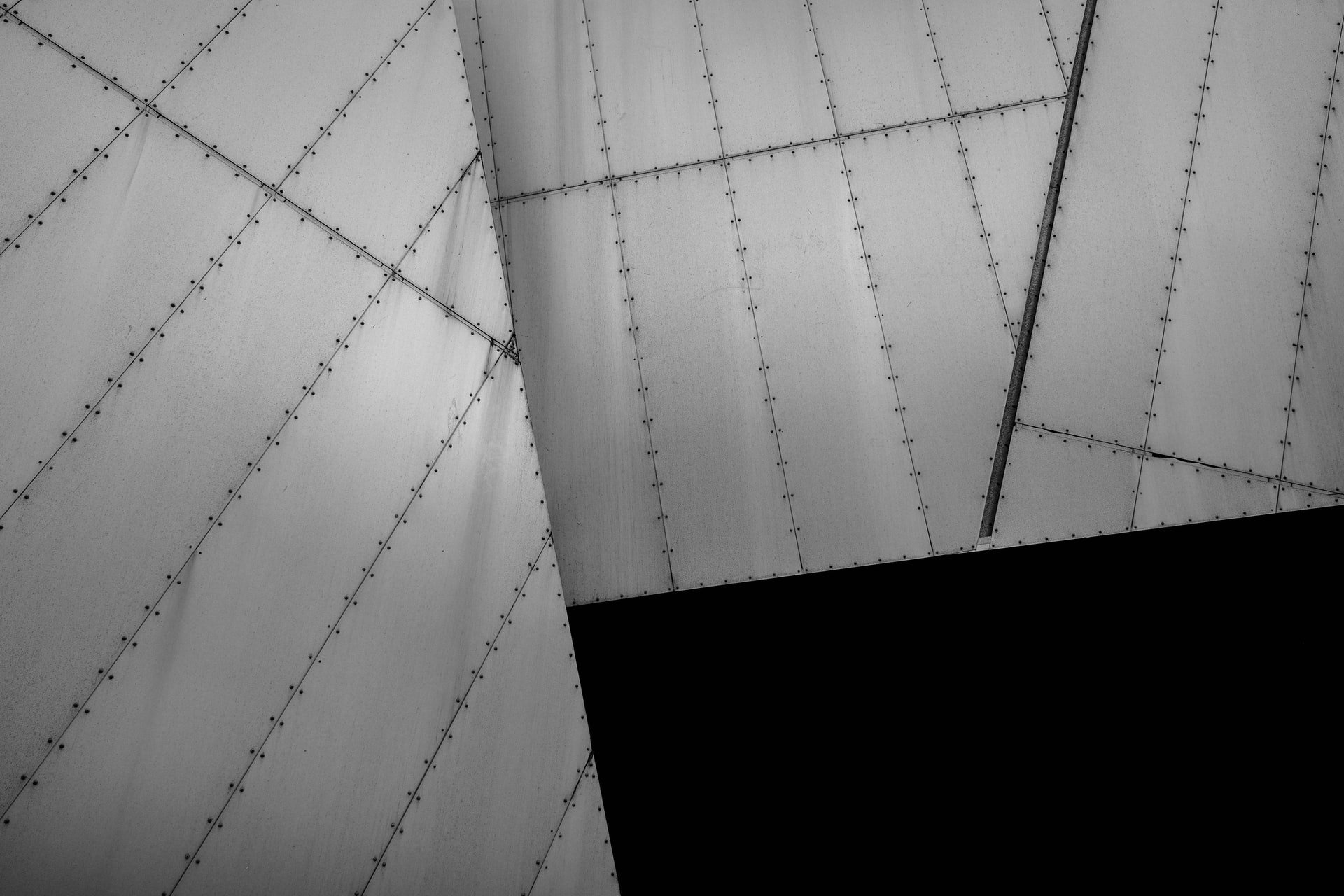If you’re looking to purchase metal trolleys, you may be pondering what kind of metal to use – or whether it makes much difference. The first point is: it does matter which material you use, because different metals have different properties. So, bearing in mind that carbon steel and stainless steel are the two most popular options for trolleys,[...]
Geoffrey White
Recent Posts
Plasma cutting is a state-of-the-art technique employed to cut metals with superior precision and accuracy. Though once an expensive option, recent advances mean the plasma-cutting process can now deliver ultra-sharp cutting performance with optimal efficiency, which makes the pricing extremely competitive.
The fourteenth Parsons Drove Custom and Classic Vehicle Show and Shine takes place on the 18th and 19th of July, 2020 – and, as a local business, we'll be attending this popular event. So, what makes this show so special? How can you make sure that you don't miss out on the chance to discuss your next restoration project with us while you're there?
Computer-aided design (CAD) has revolutionised the bespoke metal fabrication industry. Designers and engineers need no longer rely on technical drawings – precisely, but painstakingly, created by hand – to turn their customer’s bespoke metalwork designs into reality. They can turn, instead, to fast, versatile and sophisticated CAD software. This[...]
The quick answer is yes – for the foreseeable future at least, and beyond this for companies trading with the EU. The main regulatory regime affecting the fabrication and assembly of steel structures is the Construction Products Regulation (CPR), a piece of European Union (EU) legislation that was incorporated into UK law in July 2014. The CPR[...]
Since 2010, any staircase built or maintained in the United Kingdom has been governed by an extensive, stringent set of legally-binding safety and quality control regulations. These regulations control the height, length, safety features, materials, and joinery used in every new and renovated staircase in Britain as well as their surroundings.[...]
Notwithstanding the different properties of stainless steel when compared with, say, carbon steel, the techniques for welding the two alloys are not dissimilar. However, stainless steel has a lower coefficient of thermal conductivity, so the temperature of both the base metal and the weld metal must be carefully controlled. Similarly, any filler[...]
The March Steam and Vintage Show has become a must-attend event for fans of steam and vintage vehicles in Cambridgeshire and we're really looking forward to this year's edition. Read on to discover more about this fantastic show and find out how you can ensure you see us while you're there.
When you hire a steel fabrication company to provide structural or architectural metalwork, the aim is to receive a quality service and to complete your project in a cost-effective and timely manner. However, if you want to get the most out of your partnership, it's important to take a constructive and collaborative approach to project management.[...]
Coating steel surfaces can be a cost-effective way of protecting them from damage, but if not done properly, several issues can occur. Your coating may develop defects, such as thin patches, drips, and bumps, reducing its effectiveness and negatively affecting its appearance. So, how can you minimise the number of coating defects that you get?

